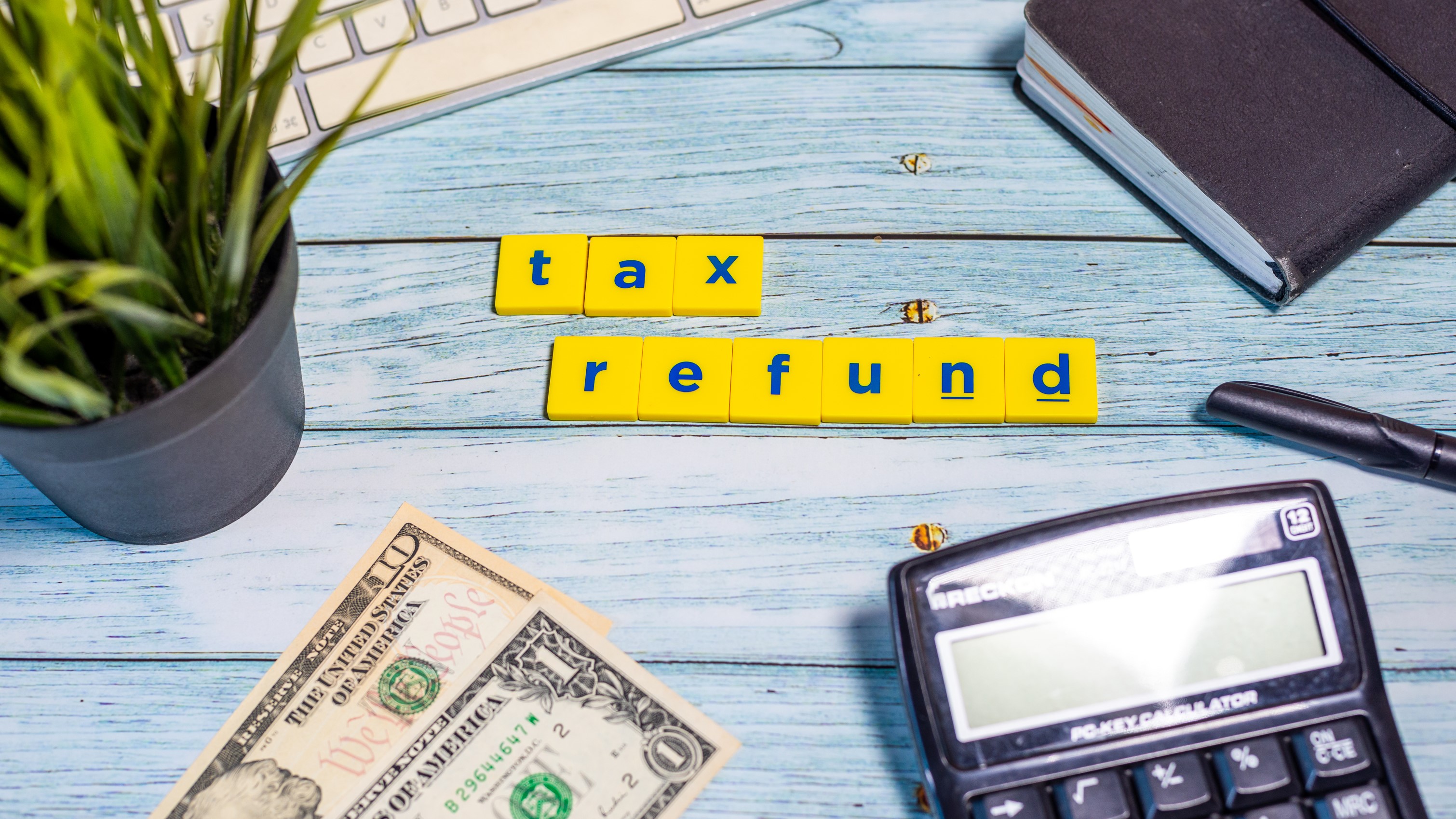More than half of Americans have said they are relying on a tax refund this year, with adding to their savings and paying down debt heading up the plans that taxpayers have earmarked their payments for. With the tax season approaching its halfway point, early filers who had their tax software primed and ready to go as soon as the IRS opened its doors for returns may already have received refunds.
However, in a sign of the times in which we live, 55% of taxpayers told MagnifyMoney that they are counting on a refund from the IRS this year, up from 40% last year. In an even starker illustration of the financial pressures being felt by those with family responsibilities, 72% of parents with kids younger than 18 are counting down the time until a refund lands in their bank account.
How will tax refunds be spent?
Despite two stimulus payments - and a third stimulus check soon on the way - the pandemic has still seen many households need to lean on savings and borrow money to make ends meet. Unsurprisingly, this is reflected in the way that many Americans intend to use their refunds this year, with nearly a quarter (23%) expecting to spend the money on essential household expenses, such as rent or groceries.

If they’re in a position to do so, most want to put the money aside (41%) so they have savings to fall back on in the future, while 39% will use their refund to service debt payments on personal loans, and the like. For those in a more comfortable financial position, the percentage who said they’d put their refund towards stock trading has nearly doubled, from 8% in 2020 to 14% in 2021.
“If you don’t have an emergency fund, starting one should be the highest priority for your tax refund,” said Ken Tumin, DepositAccounts founder. “If you also have high-interest debt, like a credit card balance, you might want to use the tax refund to both start an emergency fund and to pay off the high-interest debt.”
Getting your tax refund
Whatever the plans you have for your refund, you’ll obviously need to file your tax return before you get it. The deadline this year is April 15, and if you do as the IRS recommends, and file your taxes online, most refunds are processed within 21 days or will arrive even sooner. However, if you opt to have your payment sent via check in the mail, rather than direct into your bank account, you’ll almost certainly be waiting longer.
With the survey revealing that almost half of filers (49%) have made a mistake on their taxes before, also be aware that there’s likely to be a delay to correct any errors on your return. Given the rise of remote working in the past year, one area that seems set to cause confusion are the rules surrounding home office deductions.
Although such deductions only apply to self-employed workers (who still need to meet other criteria), the survey found that 40% of non-self-employed remote workers mistakenly believe they’re eligible to deduct home office or business expenses on their tax returns.

